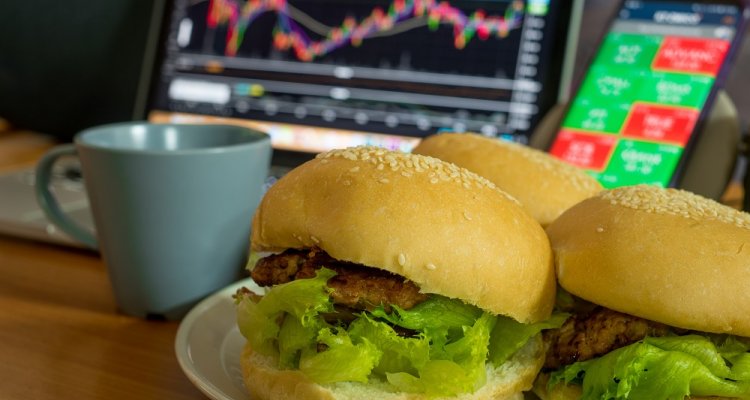
Data Science and Artificial Intelligence for Agriculture
Machine learning and data science can be applied to many different challenges in agricultural organizations. For instance, farmers can use large amounts of data that they produce to optimize their risk-return ratio while respecting the boundaries set by nature (e.g. healthy cattle) and law (e.g. nitrogen limits). However, these tools create high expectations that are not always realistic. When digitizing an organization, it is important to work with these tools effectively to turn data into added value for your business.
If you want to use artificial intelligence (AI) and data science in your organization, you need to do more than throwing a lot of data at a neural network. To automate processes in your organization, we can help you getting a full understanding of your challenge, gather relevant data, and then choose and apply suitable tools.
What we can do for you
At Wageningen Economic Research we have the vision that employing data science is a continuous cycle of understanding the problem, obtaining relevant data and improving its quality, and applying state-of-the-art techniques. We support organizations in this development cycle from start to finish. We are familiar with applying state-of-the-art machine learning models and data analysis techniques and with the development process prior to application.

Wageningen Economic Research has a toolbox with a variety of techniques that can be used to improve the data science and AI applications in your business. We can help you create data science solutions that are:
- Efficient. We offer support in creating automated processes that produce actionable results.
- Explainable. Wageningen Economic Research can make black-box algorithms explainable, so you will be able to understand what happens inside the model.
- Clean. To clean your data, we can help you deal with outliers and impute missing data entries.
- State-of-the-art. We evaluate existing models and methodologies to ensure that your solution is trusted and up to date.
These methods can be applied to a wide variety of challenges. One area where we have specific experience in is Natural Language Processing (NLP). It is often difficult to extract information from textual data, but it can be very useful. Luckily, we have a strong theoretical and hands-on background in NLP.
To introduce data science and AI into your organization, have a chat with our experts.
Highlighted project
Fraud detection in agricultural markets
Our project HighLO (High Energy Physics Tools in Limit Order Book Analysis) is an initiative to understand the fundamental forces that drives the behavior of traders in commodity markets, in particular the forces that lead to market manipulation.
CERN, CORMEC and WUR joined forces as of early 2019 to better understand this complex puzzle. CERN, among others known for the Large Hadron Collider in Geneva, is involved because of the analogies between high-energy physics and high-speed trading.
In both high-energy physics and high-speed trading, an enormous amount of data is being generated. Among those data points many collisions occur: trades in commodity markets and particle collisions in the Large Hadron Collider. Our goal is to identify the anomalies in trade data. To do this, we apply the processing power and knowledge of high-energy physics.
Anomalies in trading data might lead to a deeper insight of the motives of traders, for example whether market manipulation could be present among the trades observed. For more information we refer to our project page on protecting commodity and financial markets.
Publications
When Two Worlds Collide: Using Particle Physics to Visualize the Limit Order Book. Verhulst, M. E., Debie, P., Hageboeck, S., Pennings, J. M. E., Gardebroek, C., Naumann, A., Leeuwen, P. van , Trujillo-Barrera, A. A., & Moneta, L. (2020a). [Working Paper CERN-WUR].
Effects on Liquidity in the Limit Order Book Through the Lense of Particle Physics. Verhulst, M. E, Pennings, J. M. E., Debie, P., Hageboeck, S., Gardebroek, C., van Leeuwen, P., Naumann, A., Moneta, L., & Trujillo-Barrera, A. A. (2020b). [Working paper CERN-WUR].
Unravelling the Spoofing Case Against JPMorgan Chase Using Particle Physics Visualization Methods: A Note. Verhulst, M. E., Debie, P., Pennings, J. M. E., Naumann, A., Hageboeck, S., Leeuwen, P. van, Moneta, L., Trujillo-Barrera, A. A., & Gardebroek, C. (2020c). [Working Paper CERN-WUR].
Simulating the Limit Order Book to Detect Spoofing Orders. Leeuwen, P. van, Verhulst, M. E., Pennings, J. M. E., Debie, P., Hageboeck, S., Gardebroek, C., Naumann, A., Moneta, L., & Trujillo-Barrera, A. A. (2020). [Working paper CERN-WUR].